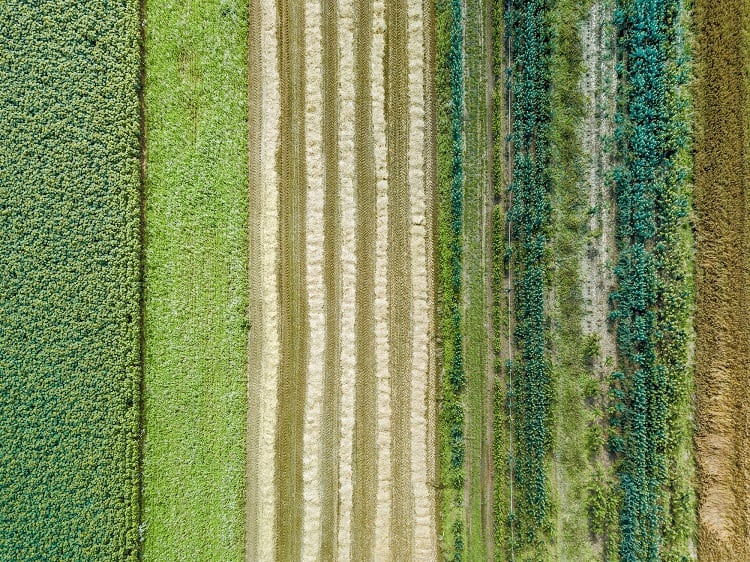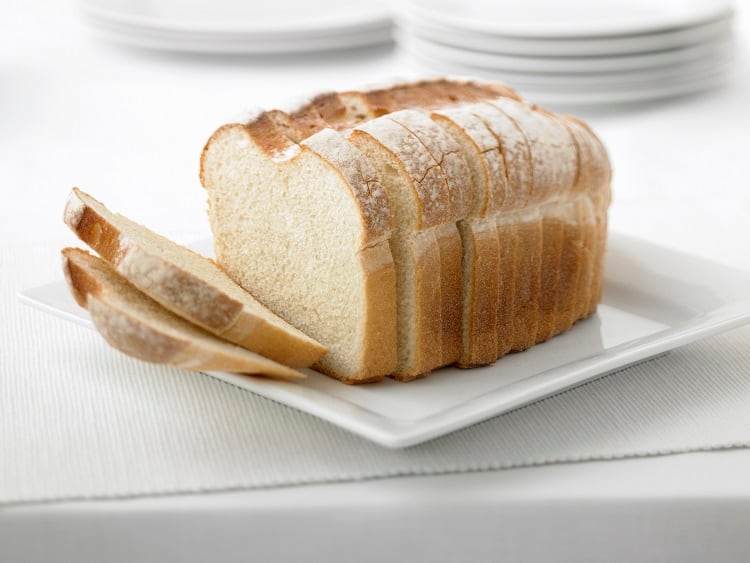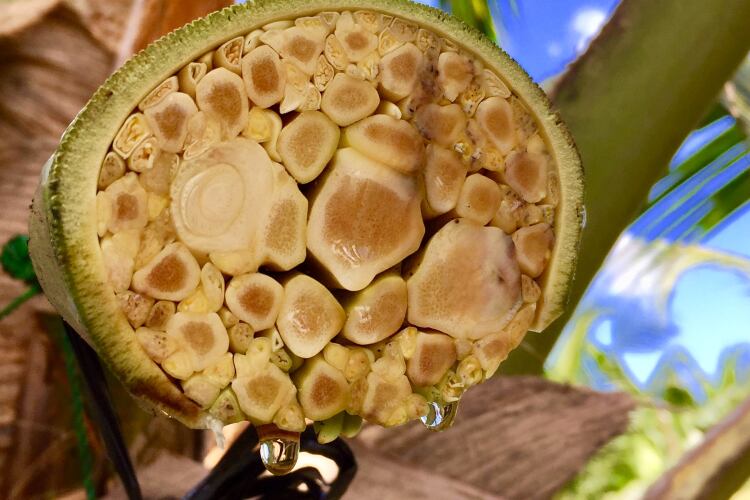Intercropping, the cultivation of two or more crops simultaneously in the same field, is widely practiced around the globe.
Legume-cereal intercropping, however, is predominantly practiced in African and Asian countries. “Intercropping has a number of advantages…but we haven’t really got to grips with it in Europe…as an efficient production system,” according to Dr John Hammond, Professor of Crop Science at the University of Reading.
A new research project, funded by Horizon Europe, is looking to prove its benefits on home soil and encourage uptake for sustainable crop production across the bloc.
The benefits of intercropping
The EU-funded project has been aptly named LEGUMINOSE. Led by the University of Florence in Italy, the four-year project boasts 22 partners – including the University of Reading – and will involve ‘hundreds’ of on-farm trials.
“It’s focused on the concept of legume-cereal intercropping,” explained Dr Hammond during a Good Food Institute (GFI) webinar. The benefits of intercropping are far-reaching, the crop science expert elaborated.
For starters, intercropping can enable a more resilient cropping system. When two crops are cultivated simultaneously in the same field, they access different resources. And when one of those crops is a legume, it can provide nitrogen to the adjacent cereal crop, reducing reliance on nitrogen inputs.
Greater resilience can also be assured in temperature variations or extreme climates. In such a situation, the crop scientist suggested it’s likely one crop will dominate and produce a yield. “Whereas, if you’ve only got a single crop, and it doesn’t favour that change in environment, you can lose a whole crop altogether.
“Having two crops in the field gives you two bites of the cherry in that sense.”
Intercropping also increases yield per crop. Data collated by the University of Reading suggests that growing two crops in the same environment boosts overall yield of the system, compared to if one crop was grown on its own.
Another key reason famers may choose to intercrop relates to its positive impact on on-farm diversity. Intercropping barley with a pea crop, for example, can provide pollinator resources for bees and insects, he explained.
“It increases the overall biodiversity and, as mentioned, has an environmental benefit by reducing reliance on nitrogen-based fertilisers.”
High-protein bread?
Another surprising benefit of intercropping legume and cereal crops – for example, lupin beans and wheat – is that it can increase the grain protein content of the cereal.
This could prove particularly advantageous for the UK bakery sector, suggested Dr Hammond. “In the UK, we’re looking for wheat with a high protein content for bread making quality. If [the protein content] drops, then that wheat ends up going into animal feed rather than bread making.
“When we do intercropping, and increase the proportion of legume in the crop, we increase the amount of protein in the wheat grain.”
This is significant given that via intercropping, higher protein content in wheat can be achieved without the use of nitrogen fertilisers.
So why doesn’t every farmer intercrop?
Intercropping is no panacea. While it is practiced in many regions of the world, it is not widely adopted in the UK nor in most of Europe. According to Dr Hammond, this is because it can present challenges to farmers.
One key challenge is that intercropping means a mixed agronomy. “When two crops are growing in the same space, they might require different technical control methods, and different times of applications of various products and harvesting.”
Managing those variances requires knowledge and careful crop selection, we were told.
Another issue lies in the presence of gluten in certain cereal crops. If a legume is intended for use in a gluten-free product, but it has been intercropped with wheat for example, that could present a challenge for the processor.
One potential solution to this issue has already been trialled. “We intercropped a lentil crop with oats, so we don’t have that potential cross contamination issue,” he told delegates. Further, as there is a greater grain size difference between oats and lentils, it’s much easier to separate the two, we were told.
The LEGUMINOSE project is working to overcome these challenges with new solutions. There are ‘clear’ environmental benefits to intercropping and the researchers want to increase consumer and processor knowledge about the potential market opportunities of legume-cereal intercropping systems.
“We’ll do that by looking at the socio-economic impacts across the value chain. It’s not just an agronomy project,” he stressed. “We’ve got partners across the value chain so we can co-develop products and ideas, and increase knowledge, about how to utilise these products going forward.”




